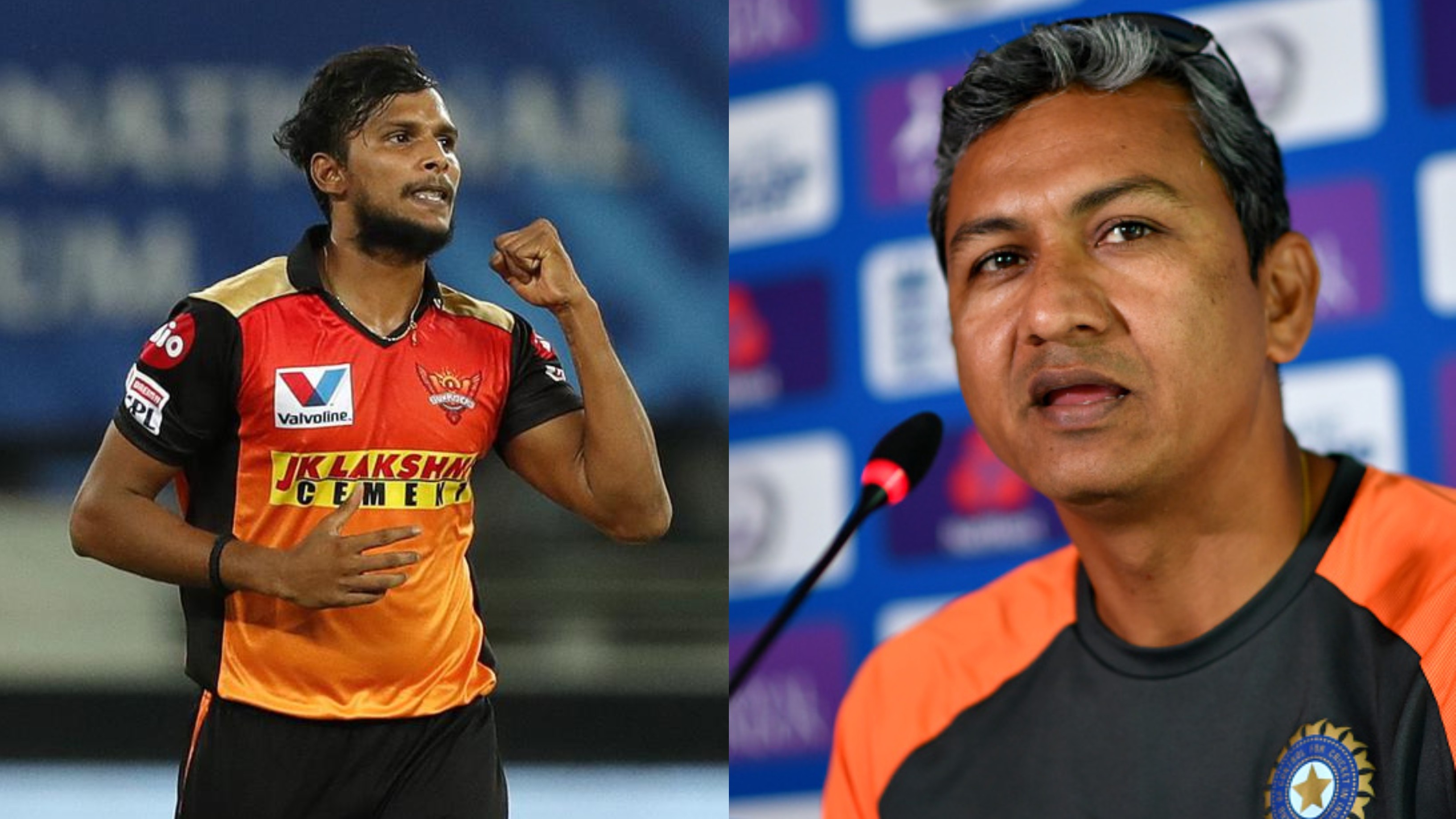 Legendary Sunil Gavaskar doesn't think there is any genuine need to tinker with the rules of the T20 format. Gavaskar talked in wake of the recent uproar over social media about batsmen dominating the proceedings in the ongoing Indian Premier League (IPL) 2020 over the bowlers, especially when matches have been played in Sharjah.
Legendary Sunil Gavaskar doesn't think there is any genuine need to tinker with the rules of the T20 format. Gavaskar talked in wake of the recent uproar over social media about batsmen dominating the proceedings in the ongoing Indian Premier League (IPL) 2020 over the bowlers, especially when matches have been played in Sharjah.
The games in Abu Dhabi and Dubai have largely seen a more level playing field for the operators of the two primary skills and Gavaskar, who has been commentating at the matches, believes that has ensured parity.
Read Also: Shane Warne at pain over high-scoring games, suggests ways to restore balance
"The T20 game is doing very well and there's no need to tinker with it," he told PTI.
If anything, Gavaskar suggested giving the option of delivering two bouncers per over, extending the boundary sizes and perhaps an extra over to those doing well on a particular day as a means to keep the bowlers also happy.
"It is loaded heavily in favour of the batsmen for sure. So, give a fast bowler two bouncers per over and yes the boundaries can be easily longer, if the ground authorities want it."
"Also look at giving an extra over to the bowler who takes a wicket in his first three overs. But seriously there's no need to bring any changes at all," stressed the former India captain.
Gavaskar had earlier given a pretty strong statement against the term 'Mankading' and questioned why are bowlers criticised for running-out the non-striker who is backing too far instead of being lauded over for upholding the law.
The 71-year-old further opined that TV umpire should be given the responsibility to check whether there is a breach of the line before the ball is even delivered and on such occasions, the batting team should be penalised one run.
"Now that the TV umpire is also checking if the bowler has overstepped for no balls, he should be able to see if the non-striker has left the crease before the ball is released and if he has, then if runs are taken, it can be called one short even if a boundary or four is hit. This should act as a deterrent," he said.
The term 'Mankading' is borne out of the first instance of a bowler running-out the non-striker in 1948 when India great Vinoo Mankad did so against Australian batsman Bill Brown on country's first Test tour post Independence.
Gavaskar, among those against the very coining of the term as he believes it puts Mankad's name in disgrace, objected with its usage once again.
"I don't know about it being deliberately ingrained in us but out of all the so-called unsportsmanlike acts on the cricket field, this mode of dismissal is the only one that has been given a name."
"With all the talk about doing away with terms like 'Chinaman' and 'French cut' because it's politically incorrect, it's about time this disparaging term is dumped in the bin too."
The debates around this form of dismissal were restarted with the recent instance of Delhi Capitals (DC) off-spinner Ravichandran Ashwin stopping short of running-out Royal Challengers Bangalore (RCB) opener Aaron Finch in an IPL 2020 game.
It was felt Ashwin, who as all know is a firm advocate of it, has taken a back seat on 'Mankading', falling in line with DC coach Ricky Ponting's prefered ways. Later, however, Ashwin made clear over Twitter that Finch's was the first and last occasion he didn't run-out the unabiding non-striker.
"Ashwin is one of the most astute of cricketers. By this gesture, he has shown respect and regard to his coach Ricky Ponting, who has expressed his displeasure at this sort of dismissal," said Gavaskar.
"However, he has also announced publicly that this is the final warning and if from now on anybody strolls out of his crease then he should be prepared to walk back to the dug-out," he concluded.



